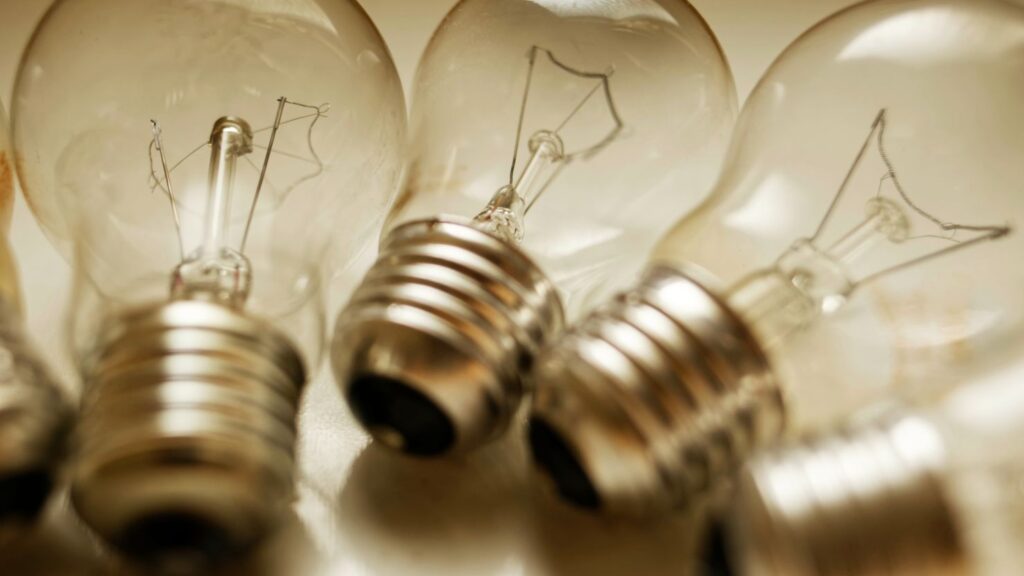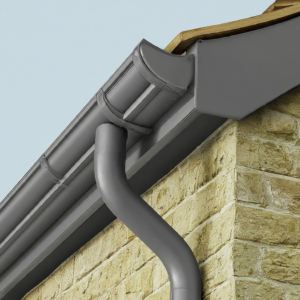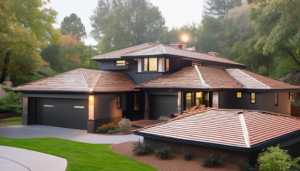
Fans of incandescent light bulbs are in for a rough ride right now: Regulations put in place by the Biden administration will prevent merchants from selling the traditional globes as of this month. The new regulations mandate that “general service lights,” sometimes known as domestic light bulbs, output no less than 45 lumens per watt. Incandescent light bulbs are essentially outlawed in the US since they only give around one-third of that.
The incandescent light bulb, which Thomas Edison patented in the 1880s, produces light by heating a tungsten filament until it glows. Given that heat, not light, accounts for the majority of the energy it generates, it is incredibly inefficient.
The Department of Energy estimates that switching to energy-efficient light-emitting diode (LED) bulbs will result in power bill savings for customers of around $3 billion. Over the following three decades, the switch is expected to reduce carbon emissions by 222 million metric tons. (That is the same as the yearly production produced by 48 million cars or 28 million households.)
Energy Secretary Jennifer Granholm stated in a statement last year that “the lighting sector is already embracing more energy efficient products, and this step will expedite efforts to offer the finest goods to American customers and build a better and brighter future.” The regulatory modification was started in April 2022 and affects halogen lamps as well. However, imports were permitted through January of this year, and retailers had until the end of July to sell any leftover inventory.
Certain types of incandescent bulbs are not impacted by this: grow lights, chandelier bulbs, Christmas lights and other specialty bulbs are not. What about CFL (compact fluorescent light) bulbs, though? Indeed, their days are limited as well: The minimum efficiency standards for light bulbs will increase to more than 120 lumens per watt by the end of 2024. CFLs will no longer be available for purchase since they only produce 50 to 70 lumens per watt. Consequently, we are left with LED lights, which can cost twice as much as incandescents but have a 25–50 times longer lifespan. To create light, an electric current is routed via the diode, a semiconducting semiconductor, in an LED bulb.

LEDs have had a poor name since becoming widely used in the last ten or fifteen years. The early models had a blue tint and were incompatible with most dimmers. A few also tended to flicker. But since then, LED technology has advanced significantly, according to lighting experts.
Lighting maestro Hervé Descottes lighted the Louvre, the Metropolitan Museum of Art, and the High Line since founding L’Observatoire International in 1993. According to Descottes, “we have made a lot of improvement in terms of quality and variety—especially color and control.” “And we have far more control over them now in terms of dimming and switching than we had before.” Additionally, they come in a variety of forms, including as square, round, and linear formats.
Lighting designer Nathan Orsman says that while it’s difficult to duplicate the warmth of an incandescent light bulb, the switch to LEDs is forcing manufacturers to develop new dynamic solutions. Orsman, whose clientele has included Oprah Winfrey, Stephen Colbert, and Tommy Hilfiger, adds, “I’m interested to see what will come next now that we’re breaking away from the limits we had with incandescents.”
The lighting designer Lindsey Adelman of New York, whose creations illuminate Gwyneth Paltrow’s living room, concurs that the transition to LEDs is advantageous for customers. She claims, “We’re liberated up from the formula of what a light looks like.” The old socket was bulky, so we had to use an Edison-style lightbulb. It is now decentralized; the same quantity of lighting may be achieved with small, dispersed light sources placed throughout the space.
Of course, there will still be a learning curve. Wattage is a common indicator of light bulb brightness for those of us who grew up with incandescent lights. Lumens are a unit of measurement used to quantify brightness in LEDs. (As of right now, some of the most effective LED lights have lumen counts of above 120.)
In addition, the color temperature of LEDs varies according on their color rendering index, or CRI. The colors will look more true to life the higher the CRI. For example, you can determine if your socks are black or navy blue with a higher CRI bulb. In general, Descottes advises choosing an LED light bulb with a CRI of at least 80.
Both Orsman and Adelman applaud the warm, soft tones and excellent color reproduction of LED lights from the UK firm Tala. (Tala bulbs are nearly identical to natural light, with a CRI of at least 95.) They have a five to 10 year lifetime and are composed of recyclable materials.
Orsman advises against replacing all of your lights at once, though. Choose the LED that best suits your needs by doing your homework. “Unlike with incandescents, there isn’t homogeneity in color temperatures with LEDs,” he claimed. “It’s best to get one, bring it home, and check it out.” Avoid purchasing 30 bulbs at once.
Source:
https://www.architecturaldigest.com/story/incandescent-light-bulb-ban-what-you-need-to-know
-
Challenges to Face While Installing Soffits and Gutters
Installing soffits and gutters is a critical component of maintaining the structural integrity and aesthetic appeal of a home. However,
-
What Tasks A Handyman Can Easily Manage in Minnesota?
Handymen play a crucial role in maintaining and improving homes across Minnesota. From minor repairs to significant renovations, these skilled
-
Roof Replacement in Minnesota Considering Weather Conditions: Materials, Layouts, and Techniques
Roof replacement is a significant home improvement project that demands careful consideration, especially in a state like Minnesota where the
-
Futuristic Residential Remodeling – What to Expect: The Advancements at Home?
In recent years, the realm of residential remodeling has undergone a significant transformation. With advancements in technology, innovative materials, and
-
How to Increase the Water Pressure in Kitchen Faucets?
A common household issue many homeowners face is low water pressure in their kitchen faucets. This problem can disrupt daily
-
DIY – How to Make Engraved Garden Labels On Your Own?
Creating a beautiful and well-organized garden is a rewarding experience for any gardening enthusiast. One way to add a personal
-
Hide Screws in Wood in 7 Different Ways: Latest Techniques
In the realm of woodworking and furniture making, aesthetics and durability often go hand in hand. One of the persistent
-
Replace Kitchen Track Lighting in an Efficient Way
Kitchen track lighting has become a popular choice for homeowners these days who are seeking a versatile and modern lighting











